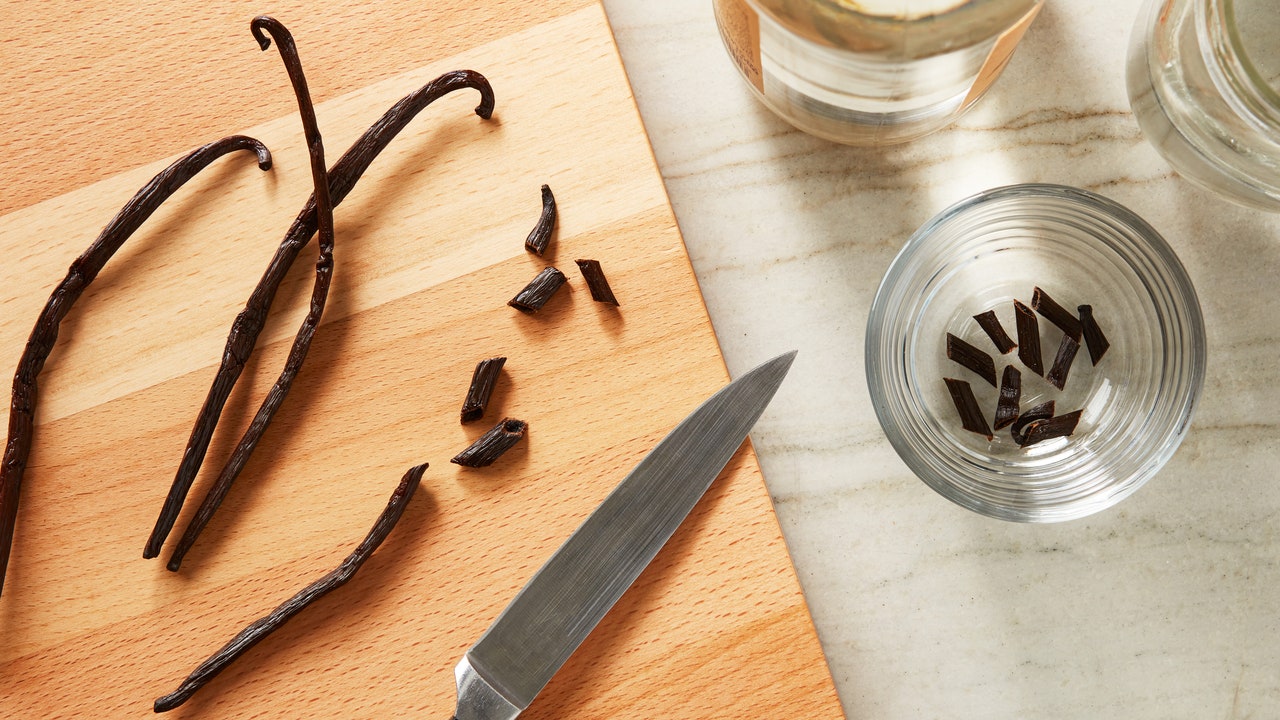Should You Make Homemade Vanilla Extract?
I understand the allure of homemade vanilla extract. Who wouldn't want a constant supply of pure vanilla flavor for their baking needs? While some culinary experts swear by homemade vanilla extract, others in professional kitchens prefer store-bought versions. Making your own extract can be expensive and time-consuming, and some argue that it doesn't compare to high-quality commercial extracts.
To settle the debate, I compared various methods, spoke to pastry chefs and recipe developers, and conducted my own experiments with homemade and store-bought versions. Before delving into the process of making vanilla extract at home, it's important to understand the different types available in the market.
Types of Vanilla Extract:
There are several labels you might encounter in the baking aisle, such as pure vanilla extract, imitation vanilla, and vanilla essence. The primary difference lies in the source of the vanilla flavoring. Pure vanilla extract is made by soaking vanilla beans in alcohol, extracting their flavor compounds. On the other hand, imitation vanilla is flavored with synthetic vanillin and is often dyed with caramel color.
High-quality pure vanilla extract should have a short ingredient list, including alcohol, vanilla bean extractives, and water. Some extracts may also specify single-fold or double-fold concentration levels, affecting their strength in recipes.
Should You Make Your Own Vanilla Extract?
While homemade vanilla extract can be a fun project, there are drawbacks to consider. Traditional methods require several months of soaking vanilla beans in alcohol, resulting in inconsistent flavor and increased costs compared to store-bought options.
Various experts have different approaches to making vanilla extract at home. Some prefer soaking fresh vanilla beans in spirits like vodka or brandy, while others opt for a blender method for quicker infusion. The choice between homemade and store-bought extract ultimately depends on personal preference and the desired flavor profile for your baked goods.
The Best Way to Make Vanilla Extract at Home:
To create homemade vanilla extract, blend 6 vanilla bean pods with 8 oz. of 80-proof vodka in a high-powered blender. Let the mixture infuse for 2 weeks, then strain it and return half of the pulp to the extract for additional flavor. After a total of 4-5 weeks, your homemade vanilla extract is ready to use.
When to Use Homemade Vanilla Extract:
Homemade vanilla extract tends to have a more complex flavor profile than store-bought versions, making it ideal for certain recipes like shortbread or whipped cream. Consider the alcohol content and flavor intensity of your homemade extract when deciding where to use it in your baking.
Start a batch of homemade vanilla extract in advance for the holiday season, or consider gifting it to friends and family. Bottling the extract in small containers makes for a thoughtful and handcrafted present.
Conclusion:
While homemade vanilla extract can offer unique flavors and aromas, many bakers still rely on store-bought options for convenience and consistency. Experiment with different methods to find what works best for your baking needs.
